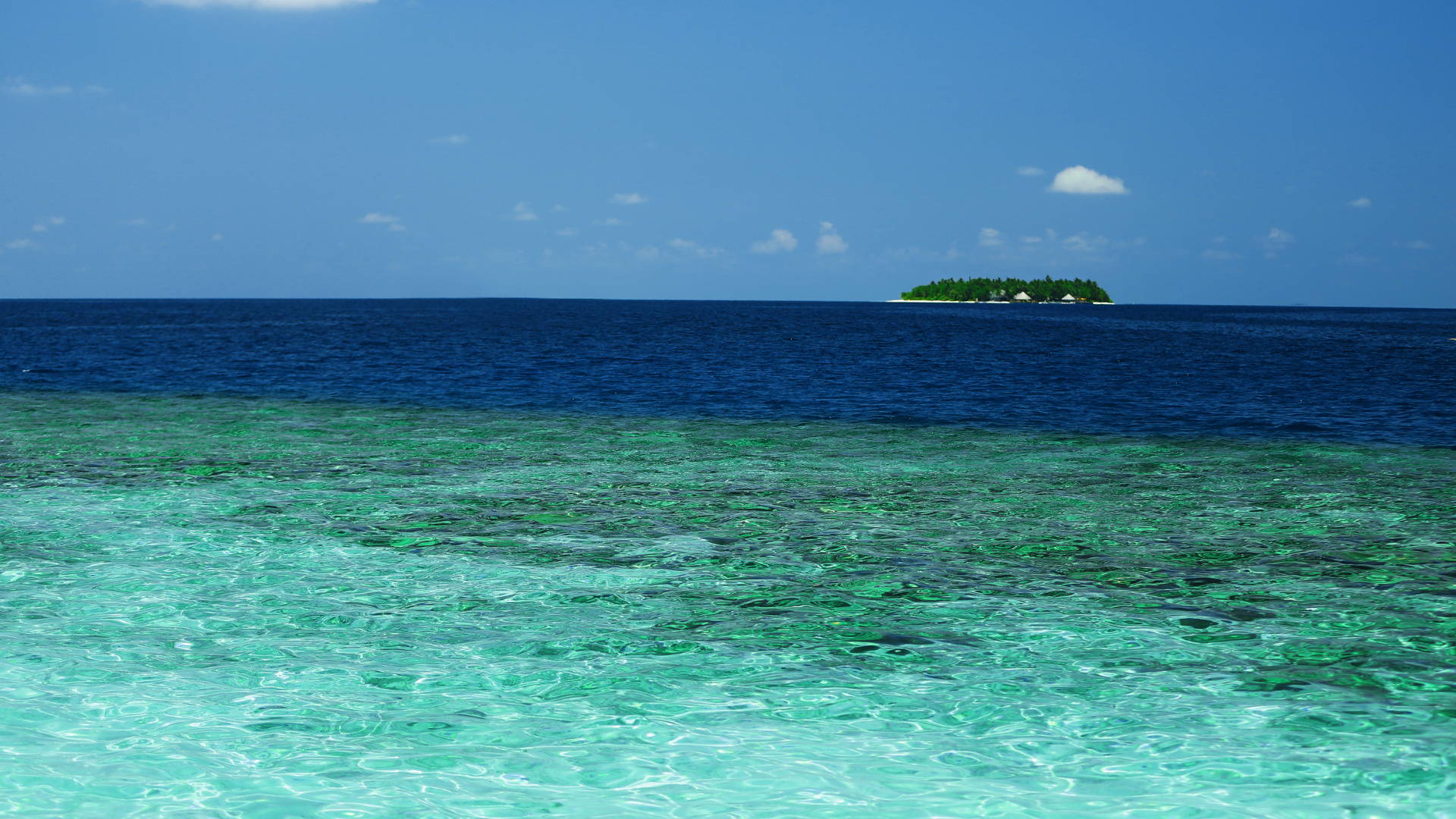Most of the ocean is blue in color, but in some places the ocean is blue-green, green, or even yellow to brown. Blue ocean color is a result of several factors. First, water preferentially absorbs red light, which means that blue light remains and is reflected back out of the water. Red light is most easily absorbed and thus does not reach great depths, usually to less than 50 meters (164 ft.). Blue light, in comparison, can penetrate up to 200 meters (656 ft.). Second, water molecules and very tiny particles in ocean water preferentially scatter blue light more than light of other colors. Blue light scattering by water and tiny particles happens even in the very clearest ocean water, and is similar to blue light scattering in the sky.
The main substances that affect the color of the ocean include dissolved organic matter, living phytoplankton with chlorophyll pigments, and non-living particles like marine snow and mineral sediments. Chlorophyll can be measured by satellite observations and serves as a proxy for ocean productivity (marine primary productivity) in surface waters. In long term composite satellite images, regions with high ocean productivity show up in yellow and green colors because they contain more (green) phytoplankton, whereas areas of low productivity show up in blue.
As the name suggests, the bloom of algae often turns the water red. HABs have been reported in every U.S. coastal state, and their occurrence may be on the rise. HABs are a national concern because they affect not only the health of people and marine ecosystems, but also the ‘health’ of local and regional economies.
As light bounces off and passes through water, it reflects the color blue back to our eyes, but microscopic algae and tiny sediments known as colored dissolved organic matter muddy the metaphorical waters and cause oceans to appear green, red, or brown.

